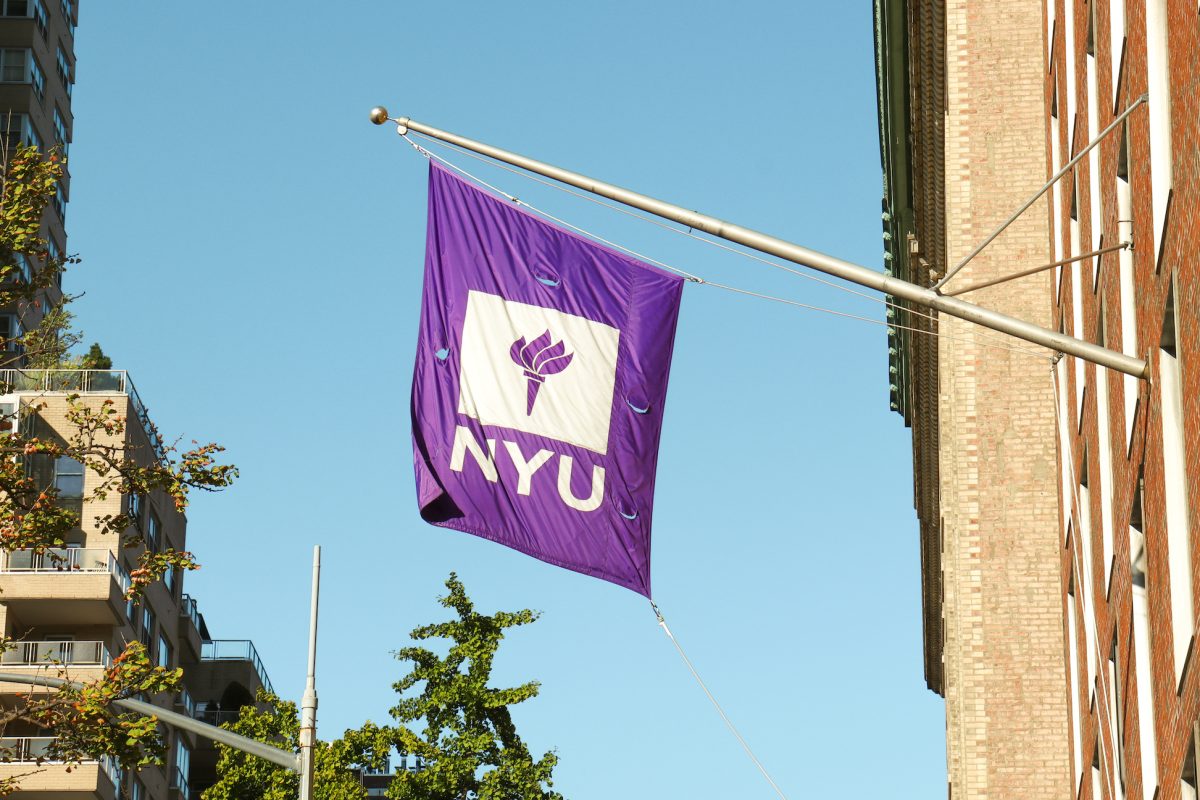Dissecting Kimmel’s Mongolian Stir Fry

February 6, 2018
Some students invest in a pricey meal plan to avoid the embarrassment of causing an entire dorm evacuation because of a horrible cooking mishap. Others genuinely appreciate the dining hall food, especially the diverse menus offered. From Mexican to Japanese, the NYU dining halls make sure to cater to their international students by offering various cuisines. With this extensive menu also comes the question of authenticity, especially misleading names for dishes. A popular choice for many students — the Mongolian Stir Fry at the Market Place at Kimmel — is incorrectly labeled.
For $7.99, students get a generous helping of the Mongolian Stir-fry with choices of assorted vegetables — broccoli, carrots, snow peas or red bell peppers — and protein — beef, pork, chicken or tofu — tossed in your choice of sauce: Zesty Orange, Chile Garlic or teriyaki. As for your base, they offer jasmine rice, brown rice or noodles. It’s a healthy combination of carbohydrates, protein and Vitamin C while getting the “exotic” taste of the nomadic Mongolians.
Since most students focus on criticizing the flavor of their food, the Mongolian stir-fry has so far managed to avoid scrutiny regarding its authenticity.
The Mongolian Stir Fry only adheres to its name with the range of protein offered in the dish. Typically, Mongolian cuisine is rich in protein — usually lamb and beef — and dairy products because the country depends heavily on animal husbandry. A slew of problems, however, can be found in the sauce. The Zesty Orange sauce, similar to the sauce used in Orange Chicken, is not an authentic Chinese sauce as commonly assumed. Orange Chicken was first created by Andy Kao nearly 40 years ago for the then new Panda Express in Los Angeles. Wanting to create a chicken dish with sweet and sour flavors, Kao pulled from his time in Hawaii to create a unique flavor combo. Teriyaki sauce is Japanese and has zero Mongolian origins. Even the fortune cookies offered to students waiting in line derails from the authenticity that is supposedly offered by the Asian Cuisine section. Fortune cookies, invented by a San Francisco bakery, cannot be found in any restaurant in China.
Despite concerns about authenticity, one thing is certain: the food provides calories enough for students to get through a loaded day of classes just as it did in the past for the Mongolians doing outdoor work.
Opinions expressed on the editorial pages are not necessarily those of WSN, and our publication of opinions is not an endorsement of them.
Email Jiayun Yang at [email protected].


























































































































































